Interview with Living Legends of Nursing
Interview with Baton Rouge Living Legends Catherine Jackson and Gwendolyn Miller.
Count Time Living Legends
Some of the first black nurses talk about their experiences at Baton Rouge General Hospital during the fifties and sixties. Riveting stories about compassion, obstruction and anger.
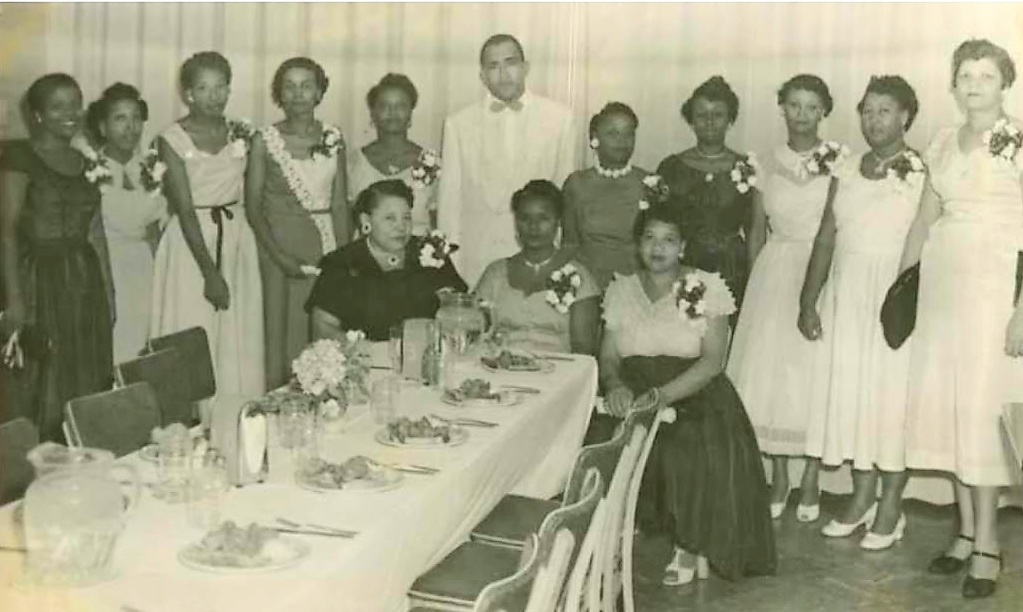
Selected quotes and notes from Count Time Podcast with LD Azobra Interview with Catherine Jackson and Gwendolyn Miller
Today I have Ms. Catherine Jackson. Welcome to Count Time, Ms. Jackson.
CJ
Thank you. It’s a pleasure to be here.
LD
And we have another special young lady here, Ms. Gwendolyn Miller.
GM
Thank you.
LD
And welcome to Count Time, Ms. Miller.
GM
Thank you. And again, I’m happy to be on the program.
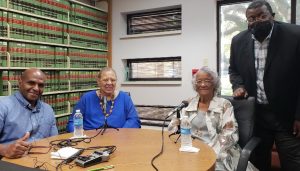
LD
You’re welcome. So I got Ms. Jackson, who says she ended up at Baton Rouge. Tell us about the Baton Rouge General experience. She said something about how they said the fourth floor. And it was the fourth wing. They call it the Black Wing, I guess, of the hospital.
CJ
They didn’t call it that. They call it Fourth South. And that was known as the Black Wing. But they didn’t call it that. Well, not to us they didn’t call it that.
LD
Who showed up there first, Ms. Gwen.
CJ
I did.
LD
You were there first. So how many of us was working there at that time?
CJ
There were quite a few of us working there at that time. There was the nurse named Ms. Annie Melee Scott. Ms. Thelma Butler. The head nurse was Ms. Francis Thomas, Ms. Lucinda Clark, who was my she was my angel. She kept me under her wings and just helped taught me everything she knew. She was a registered nurse and I was LPN. But there was no difference. We had a lot of the same responsibilities. There were some things that I could not do. But then there was always a nurse like Ms. Gwen and Ms. Clark and Ms. Thomas around to support us. I was assigned a lot to the maternity ward, too, where the mothers and the babies would be. The maternity ward was up on the fourth floor. It was on the fourth floor, which is where the mothers will come after they had the babies, we would take care of the babies, give them their first shot.
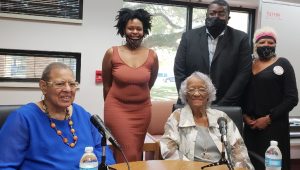
LD
Ms. Gwen, how many bathrooms were there? Because you said that you had to bathe them.
GM
We probably had only one unit. We probably only had one bathroom. I can’t really recall, but I know there were two thank you. One for the men and one for the women.
LD
For all those patients? Where was the bathroom?
GM
Located on the hallway on the hall.
LD
So that was made like a College dormitory?
GM
Absolutely. And this one floor was where all your black patients were assigned, regardless of the medical condition, no matter what, everybody was put, everybody was put there. They could have a contagious disease. But they were placed on four south. When four south had no beds on that unit, we had patients in the hall with IV stands. It was a situation that was unbelievable.
LD
They treated us like animals.
GM
But I will have to say this that they got the best of care. We had one white nurse. I’m not going to call her name. That would work with the black nurses on four south. The rest of the nurses refused to work on that unit.
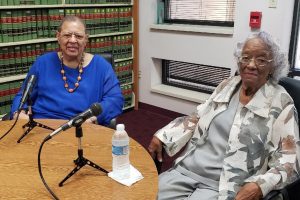
CJ
That was a Ms. Terry.
GM
Yeah, well, she is the only one if we were short of nurses everybody else refused to work.
LD
That’s interesting, because they just leave a situation where we raised them. We literally took care of them

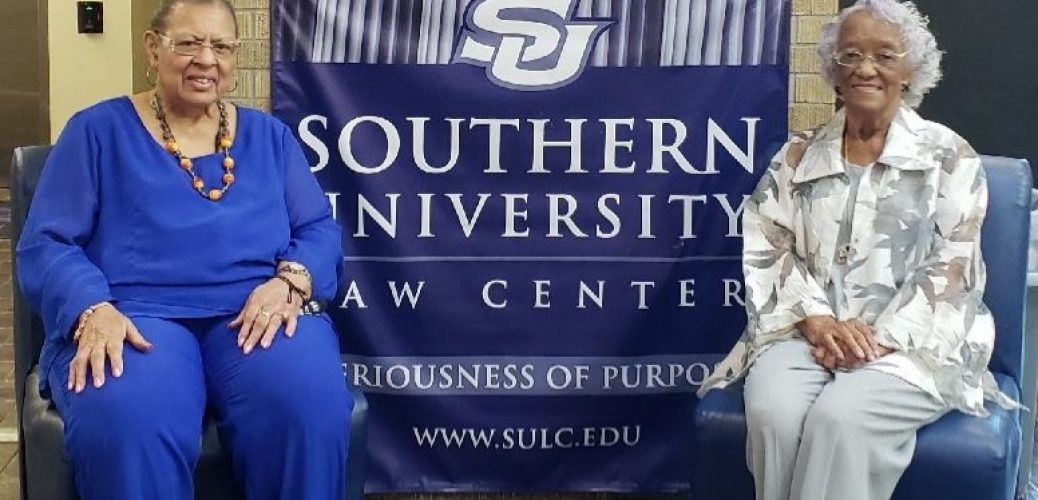
July 28, 2022 @ 6:45 pm
Very good artical
October 22, 2021 @ 12:20 am
Wow…! This is an interesting segment as usual…